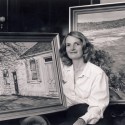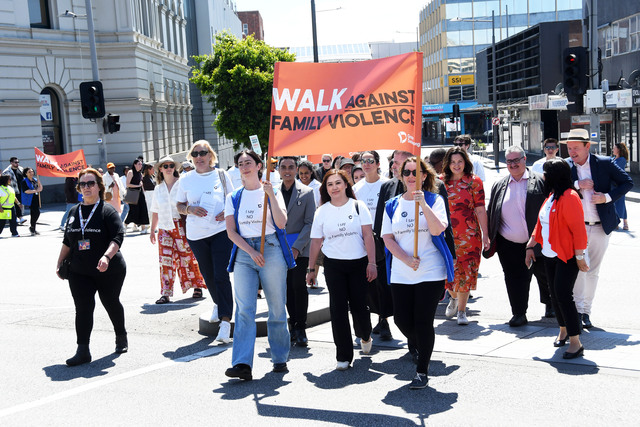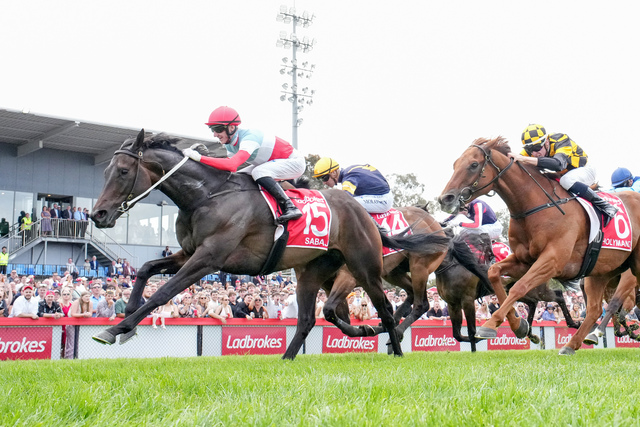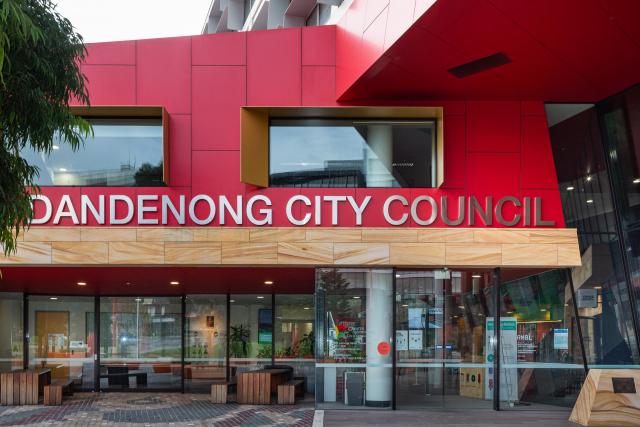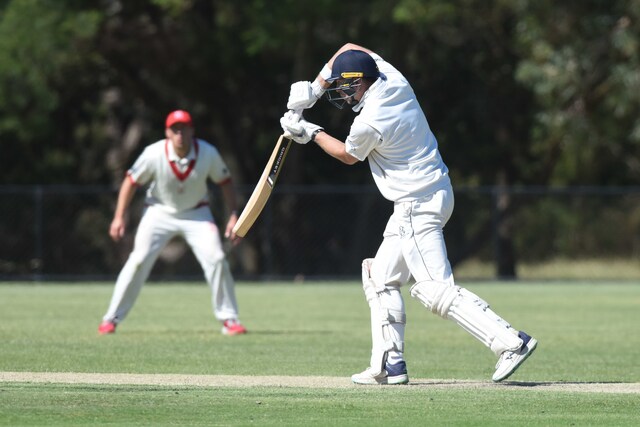Artist Sue Jarvis, one of former mayor Maurie and mayoress Gwen Jarvis’s four daughters, tells the Journal what Dandenong was like in her formative years.
DANDENONG youths of the 1950s and 1960s had most of their lives centred around activities in the town, their city.
Dandenong was separated by paddocks from Melbourne, Berwick, Frankston and Ferntree Gully.
Most babies were born at Dandenong Hospital, as I was, in a single-storeyed wing now gone.
A sense of community spirit and equality was endorsed by nearly all secondary students attending local schools – Dandenong High School, Girls Secondary College, Technical School and St John’s College.
Most parents worked locally, often in the many industries which existed then but don’t now – General Motors Holden, Heinz, International Harvester (now IVECO), the lace factory and, in my case, the Dandenong Bacon Factory.
I remember when the stock market moved from the site of the present produce market to Cheltenham Road.
People travelled miles to the produce market, as they do today.
Lonsdale Street was the place to meet friends, especially outside Coles, now Chemist Warehouse, on Saturday mornings.
Churches provided social and sporting activities from tennis to cricket to football, netball and basketball.
Many churches had tennis courts, as did ours, and I played regularly.
Dandenong High School, which I attended, provided a range of activities which were unparalleled at the time.
I sang in and conducted choirs, inspired by Estonian migrant girls who sang in parts unaccompanied.
Greek students had parents who sold take away food or vegetables. Such was Steve de George’s famous fish and chip shop in Lonsdale Street.
Pizzas were unknown then and a visit to the Chinese cafe was a treat.
As a 12-year-old Girl Guide I remember hiking overnight beside a narrow Heatherton Road from Dandenong to Harkaway.
At the time, we passed nothing but farms because Endeavour Hills didn’t even exist.
As an older teenager I travelled on open hay bales with a church youth group to Keysborough, which was then nothing but market gardens.
I loved art and was one of the few local young people to be successful at the Dandenong Festival of Music and Art for Youth.
Later, as a trainee art teacher, my 1971 thesis, The Character of Nineteenth Century Dandenong, gained first class honours.
Early Dandenong Journals and the Dandenong Historical Society were invaluable but I also spent many hours on site.
Evidence of 19th century Dandenong is now much less than in 1971.
The town hall was the centre of the community for debutante balls, concerts, the Dandenong Festival, and Mother and Daughter or Father and Son evenings for sex education films were shown when we were young teenagers.
The cenotaph, now in Palm Plaza, was a small obelisk-like cream memorial between traffic lanes in Lonsdale Street.
I remember dad marching on Anzac Day, but there was not the crowds that attend today.
Closer to the time of World War II, returned soldiers were not remembered with such admiration as they are now.
The traffic was stopped for the march. All of it, whether cars, trucks or buses, went through the main street in the absence of the now Monash Freeway.
In my younger years, palm trees dotted along Lonsdale Street and outside the entrance of Dandenong West Primary school, which I attended.
When Queen Elizabeth travelled by train to Yallourn we were allowed as youngsters to line the railway line, not far from the primary school, with flags.
Of course, we couldn’t even see Her Majesty as the train sped by.
Generally the Dandenong Journal included articles on people we all knew.
The sports results were a must – selling many papers.
The paper’s black and white photographs were always elegant, often taken by local photographers from studios such as Beaver, Graham Southam or Athol Adams.
The Journal was, and still is, a true community paper – much like the Pakenham Gazette. I’m proud that my son, Russell Bennett, works on them.

